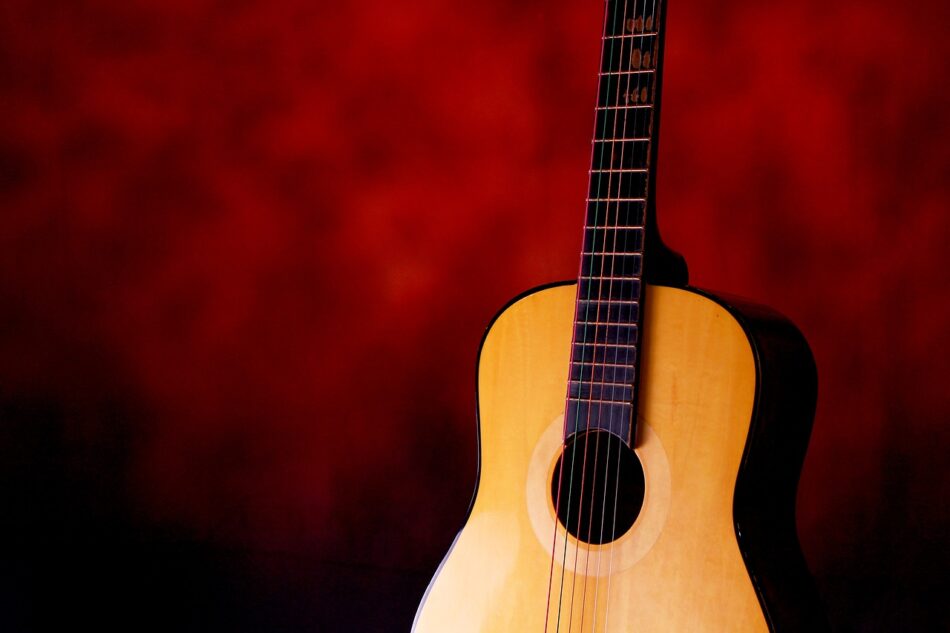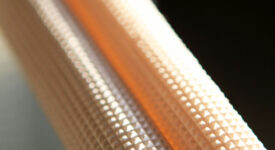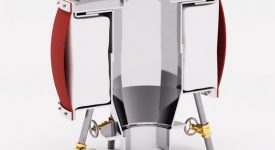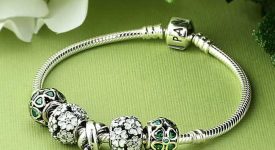Fingerpicking is a technique that involves plucking the strings of a guitar with your fingers instead of using a pick. It creates a beautiful and melodic sound, making it a popular playing style for guitarists. However, one question that frequently comes up among players is whether nails are necessary for fingerpicking. While it is traditional to use nails, it is not essential.
Many guitarists use the flesh on their fingers instead of nails to achieve a warmer and more mellow tone in their playing. Others prefer using nails as they believe it gives them more control and precision. Both options have their pros and cons, and it ultimately comes down to personal preference and the sound you want to achieve.
Nails vs Flesh
Fingerpicking is a popular playing technique for guitar players. There’s a misconception that using nails is necessary for fingerpicking, but that’s not necessarily true. Some players use the flesh of their fingers for fingerpicking. There are benefits and drawbacks to both methods. Players using nails can create a brighter, stronger sound with more sustain. However, using nails also requires constant maintenance and care to avoid breakage or damage. On the other hand, using the flesh of fingers may create a softer, warmer tone, but players may experience less control and accuracy. It ultimately comes down to personal preference and experimenting with both techniques to find what works best for each individual player. Some players even use a combination of both methods to achieve a unique sound.
Nails Care
Having strong and healthy nails is essential for fingerpicking guitar players who prefer to use their nails. Proper nail care can help you achieve the desired tone and sound, as well as prevent damage and breakage. Here are some essential steps to take for healthy nails:
- Regular filing: Filing your nails regularly can help you shape them and achieve the desired tone. Use a file with a fine grit for the best results.
- Moisturize: Keeping your nails and the skin around them moisturized can prevent cracking and peeling. Use a moisturizer or cuticle oil to keep them hydrated.
- Protect your nails: Avoid using your nails as tools, and wear gloves when doing household chores or activities that may damage them.
- Healthy diet: Eating a balanced and nutrient-rich diet can promote overall nail health. Foods high in biotin, vitamin E, and iron can be particularly beneficial.
Taking care of your nails can not only improve your fingerpicking skills but also promote overall hand health. So, dedicate some time to nail care, and enjoy the beautiful sound you can create with your nails.
Nail Filing
When it comes to achieving the perfect tone and sound while fingerpicking, nail filing is a critical step in nail care. By filing your nails, you can adjust the shape and length to match your playing style and desired tone.
There are several types of nail files available, including metal, glass, and emery board files. Each type serves a different purpose, with metal files being the most durable and efficient, while emery board files provide a gentler touch and are ideal for softening sharp edges. Glass files fall somewhere in between and are a popular choice for their long-lasting quality.
When filing your nails for fingerpicking, it’s essential to file in one direction only to prevent damage and maintain a smooth edge. Start by shaping your nails to match the shape of your fingertips, then file the edges to achieve the desired roundness or pointiness depending on your playing style.
Overall, nail filing is an essential part of maintaining healthy and strong nails for fingerpicking. By choosing the right type of file and technique, you can achieve the desired tone and sound, and improve your playing experience.
Types of Nail Files
Having the right nail file is crucial for achieving the desired tone and sound while fingerpicking. There are various types of nail files available, each serving a different purpose. Emery boards are perfect for shaping and smoothing out the edges of your nails. Diamond files, on the other hand, are ideal for creating a precise shape and cleaning out any debris under the nail.
Another essential type of nail file is the glass file. Glass files are excellent for shaping and buffing the nails and are also gentler on the nails compared to other types of files. It’s essential to understand which type of file to use when filing your nails for fingerpicking to achieve the best results.
Aside from the type of file, it’s also essential to consider the grit of the file. A lower grit file is coarser and best for shaping, while a higher grit file is finer and ideal for smoothing and polishing.
- Emery boards are great for shaping and smoothing out the edges of your nails.
- Diamond files are ideal for creating a precise shape and cleaning out any debris under the nail.
- Glass files are excellent for shaping and buffing the nails and are also gentler on the nails compared to other types of files.
When filing your nails for fingerpicking, it’s important to avoid back-and-forth movements as this can damage the nail. Instead, file in one direction only, starting from the outer corner and moving towards the center of the nail. With the right file and technique, you can achieve the perfect nail shape for fingerpicking.
Nail Hygiene
Maintaining proper nail hygiene is crucial for fingerpickers who use their nails to pluck the strings of their guitar. Dirty and improperly maintained nails can lead to breakage and weaken the sound produced by the guitar. To keep your nails healthy and strong, it’s essential to adopt a proper hygiene routine.
First and foremost, washing your hands frequently can prevent dirt and bacteria buildup, reducing the risk of infection and damage to your nails. It’s also important to trim your nails regularly, keeping them at a shorter length to prevent breakage.
In addition, moisturizing your nails and cuticles regularly can improve their strength and flexibility. You can use specialized nail oils or even natural oils such as coconut or olive oil to nourish your nails.
Lastly, protecting your nails from harsh chemicals and environments is crucial in preventing damage. Wearing gloves while performing household chores or working with chemicals can go a long way in keeping your nails healthy.
By following these tips and adopting a proper nail hygiene routine, fingerpickers can maintain strong and healthy nails, improving the sound and quality of their guitar playing.
Nail Alternatives
If growing your nails for fingerpicking is not appealing or practical, there are alternative methods to achieve a desired tone. One alternative is the thumb pick. This pick attaches to the thumb and allows for a similar plucking motion as using nails. Another alternative is using finger picks, which are small plastic or metal caps that fit over the fingertips.
Other players prefer to use their bare fingertips, which can produce a softer and more subtle sound. However, this may require more practice to achieve the desired sound and may not be suitable for all playing styles.
- Thumb picks
- Finger picks
- Bare fingertips
Experimenting with these different alternatives can help you find the right fit for your playing style and preferences. With practice and proper technique, you can achieve a beautiful fingerpicking sound without relying on nails.
Fingerpicking Techniques
Learning fingerpicking techniques is essential for any guitarist interested in expanding their skills and repertoire. Regardless of whether you prefer to use nails or flesh, the techniques themselves remain the same.
One of the most popular fingerpicking techniques is called “Travis picking.” It involves alternating between a bass note and a melody line using the thumb and fingers. To practice Travis picking, start with a simple chord progression, like C-G-Am-F, and practice alternating bass notes with melody lines. Once you have the hang of it, try incorporating more complex chord progressions and adding your own embellishments.
Another popular technique is “clawhammer picking,” which is commonly used in banjo playing. Adapted to the guitar, this technique involves striking the strings with the back of your nails or fingers while still alternating between bass notes and melody lines. To practice clawhammer picking, start by striking the strings with the back of your nails or fingers in a downward motion while alternating between bass notes and melodies.
- Travis picking involves alternating between a bass note and a melody line using the thumb and fingers
- Clawhammer picking involves striking the strings with the back of your nails or fingers in a downward motion while alternating between bass notes and melodies
Remember, mastering fingerpicking techniques takes time and patience. Start with simple chord progressions and gradually add more complexity as you become more comfortable. With practice, you’ll be able to create beautiful fingerpicking sounds with or without nails.
Travis Picking
Travis picking is a popular fingerpicking technique utilized by many guitar players. It is characterized by alternating bass notes and melody, creating a distinct and rhythmic sound. To master Travis picking, there are a few key tips to keep in mind. Firstly, it’s important to start slowly and focus on accuracy rather than speed. Gradually increase the tempo as you become more comfortable with the technique. Another tip is to practice with a metronome to improve timing and consistency. It’s also recommended to use fingerpicks to enhance the sound and provide better control over the strings. Finally, experimenting with different patterns and variations can help you develop your own style and sound. By incorporating these tips, you can master Travis picking and add a unique touch to your fingerpicking style.
Clawhammer Picking
Clawhammer Picking is a popular technique for banjo players, but can also be adapted for guitar players as well. When playing clawhammer style, the thumb plays a steady rhythm on the lower strings while the index or middle finger plays the melody on the higher strings. To adapt this technique for guitar, the thumb should play the bass notes on the sixth, fifth, and fourth strings and the index or middle finger should play the melody on the first, second, and third strings. It’s important to keep a steady rhythm with the thumb while playing the melody.
One way to practice clawhammer picking on the guitar is to start with a simple chord progression, like G-C-D. Begin by playing the bass notes with the thumb and then add in the melody with the index or middle finger. Once comfortable with this, try incorporating different patterns and embellishments to create more intricate melodies. Experiment with different chord progressions and styles to find what works best for you.
Conclusion
Overall, fingerpicking is a versatile and beautiful guitar technique that can be achieved with or without nails. While many players opt to use their nails for their traditional sound, others prefer to use their flesh or even alternative methods. The key to successful fingerpicking lies in proper technique, care, and experimentation.
It’s important to remember that using nails for fingerpicking requires proper nail care, including filing and hygiene. However, if you prefer not to grow your nails, there are alternative options available, such as using fingerpicks or adapting clawhammer picking techniques. Ultimately, the decision to use nails or not comes down to personal preference and finding what works best for your playing style.
Whether you choose to use nails or not, there are various fingerpicking techniques to explore, from Travis picking to clawhammer picking. It’s important to experiment with different techniques to find what works best for you and your unique sound. So, take your time, practice diligently, and enjoy exploring the beautiful world of fingerpicking!








